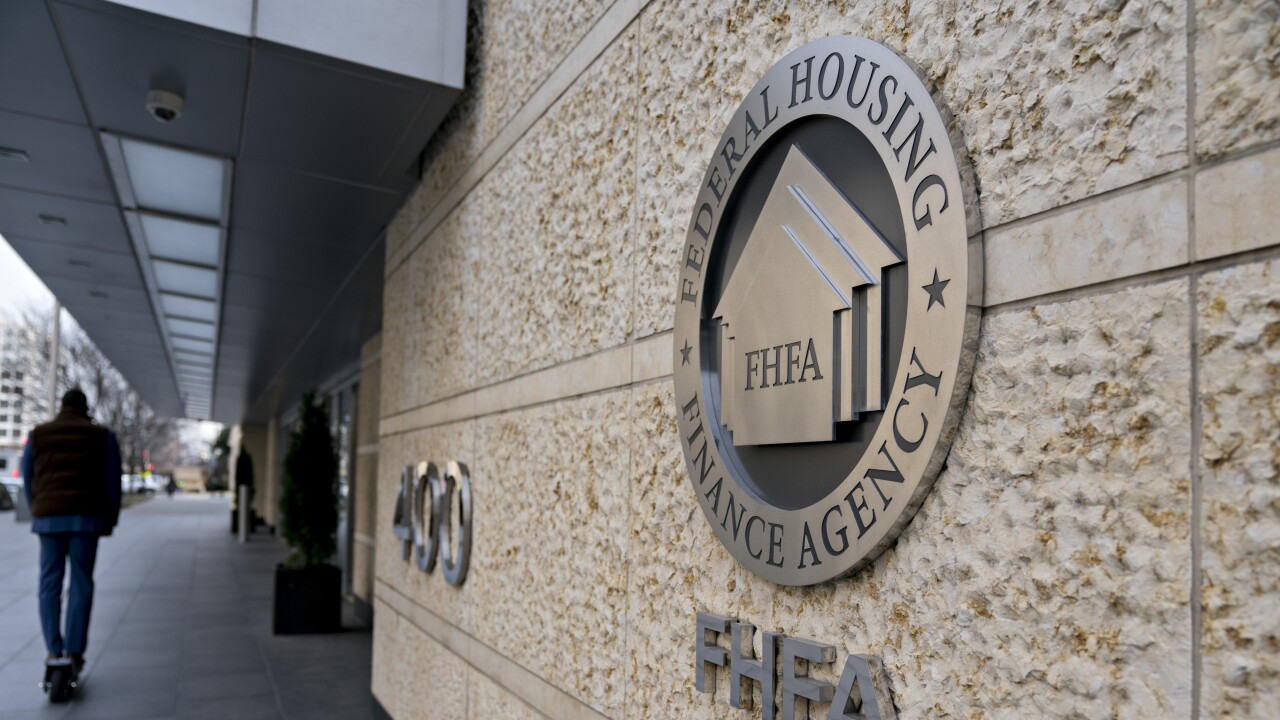A pandemic-induced shift to digital channels is spurring U.S. Bancorp to further trim its branch network.
Executives at the $543 billion-asset U.S. Bancorp said during an earnings conference call Wednesday that the Minneapolis company will reduce its branch count beyond the 10% to 15% targeted ranget it set in early 2019.
The decision to slim down by more than an originally planned 300 to 450 locations comes at a time when clients, by necessity, are embracing mobile and online platforms. More than three-fourths of U.S. Bancorp’s transactions between March and May were handled online.
Additional closures will be “driven by changes in customer habits and behaviors,” Chief Financial Officer Terry Dolan said during an interview, adding that any future branches will be smaller and more advice-oriented.

Other bankers are having the same discussions. Many are weighing which branches to reopen and whether some should stay permanently closed.
"What's clear is consumer behavior has changed,” William Demchak, chairman, president and CEO of PNC Financial Services in Pittsburgh, said during the $457 billion-asset company’s quarterly call.
“My belief is, in a lot of ways, it's changed permanently with this adoption to digital,” Demchak added. “We'll have to adjust the way we serve our clients and it is likely that that will mean less physical space."
Several community banks have
The migration to mobile and digital banking could eventually convince some expansion-minded banks that they have to make adjustments.
While JPMorgan Chase remains committed to
Remote deposit enrollment has doubled at JPMorgan Chase since the pandemic began in March.
“We're not going to make any big changes quickly because we want to make sure we have the benefit, over time, of watching our customer behavior, so they can really be the ones that inform our strategy,” Piepszak said.
U.S. Bancorp has also been looking to open branches in select markets, but its efforts have been slowed by the pandemic.
“With the environment we’re in … it’s a little harder to move quickly on that,” Dolan said.
U.S. Bancorp said digital use has increased in a number of ways. Nearly half of loan sales over the three-month period that ended on May 31 were handled online, including more than 80% of mortgage applications.
Mortgages are “a fairly complex product that I thought might take longer for customers to adopt, but they really adapted rapidly,” Dolan said.
Noninterest income, which rose by 5% from a year earlier to $2.6 billion, got a boost from a surge in mortgage activity. Revenue from mortgage banking more than tripled, totaling $638 million.
Dolan said roughly 60% of mortgage lending in the second quarter was due to refinance activity.
Net income fell by 62% to $689 million. The company set aside $1.7 billion to cover potential loan losses.
Total loans rose 10% to $318 billion. Residential mortgages increased 6.4% to $71 billion. Commercial lending grew by 24% to $128 billion, after the company originated about $7.3 billion in loans under the Paycheck Protection Program.
Total deposits increased nearly 17% to $403.3 billion, largely as a result of federal efforts to put liquidity into the financial system.
Allissa Kline and Jon Prior contributed to this article.





